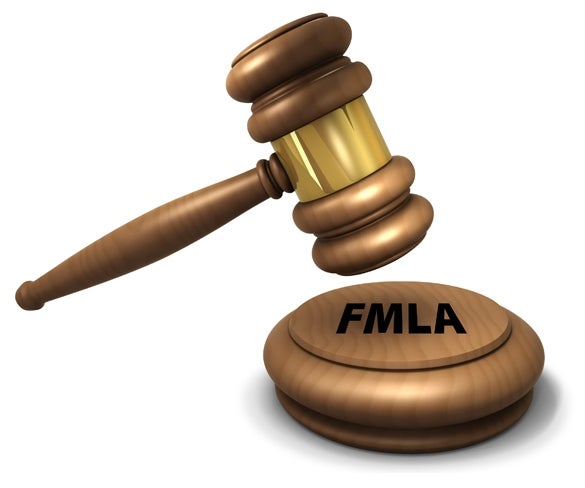Ask any human resources professional which law causes the most problems day-in and day-out, and the majority will undoubtedly say the Family and Medical Leave Act (FMLA).
The U.S. Department of Labor (DOL) has now issued its final rule that provides for significant updates of the existing FMLA regulations. These changes became effective on Jan. 16 and will require employers to make numerous alterations to their FMLA policies and practices.
New Rules
These new regulations provide much needed guidance in administering FMLA leave, and offer employers additional weapons to combat FMLA abuse. Because the new rules will require significant changes to FMLA leave policies and procedures, employers are well-advised to update policies and procedures, update their FMLA forms and train supervisors at all levels about their responsibilities under these new regulations.
In The Army
Two new types of FMLA leave are required by the new regulations for the benefit of military family members. The first of these military family leave entitlements is known as the “Military Caregiver Leave.”
This provision allows employees who are family members of covered military service members to take up to 26 work weeks of leave in a single 12-month period in order to care for a service member with a serious illness or injury incurred in the line of duty.
This special provision thus extends FMLA job-protected leave beyond the normal 12 weeks. The second new military leave entitlement is the “Qualifying Exigency Leave” which makes the 12 work weeks of FMLA job-protected leave available to employees with a covered military family member serving in the National Guard and Reserves.
Such leave may be used for “any qualifying exigency” which is broadly defined as including an array of military related activities, such as short-notice deployment, childcare and school activities, financial and legal arrangements, counseling, rest and recuperation and other post-deployment activities. As a result of these changes, all employers who employ military family members should be familiar with these special leave provisions.
Clearing Up Confusion
The new regulations also alter numerous other existing FMLA procedures in an attempt to provide greater clarity on issues which have long agonized employers and employees alike. Foremost among these are: (1) changes to the definition of a serious health condition, (2) the application of light duty toward FMLA leave, (3) the substitution of paid leave for FMLA leave, (4) changes to the details of the medical certification process, and (5) allowing the employer to designate leave as FMLA leave, in some instances retroactively.
In addition, employers will now be required to provide their employees with general and special notices about FMLA rights and procedures through an employee handbook and by workplace posters.
Because these new regulations constitute the first major overhaul to the FMLA since its enactment 15 years ago, all employers should become familiar with the changes so as to ensure compliance when a particular problem arises. For a more detailed analysis of these changes, the complete text of the new rules, with commentary, can be downloaded from the DOL’s homepage web site at http://www.dol.gov/whd/fmla.
Kurt L. Binder is a partner at Seder & Chandler LLP, who represents and advises businesses of all sizes. He can be reached at Kbinder@sederlaw.com.

